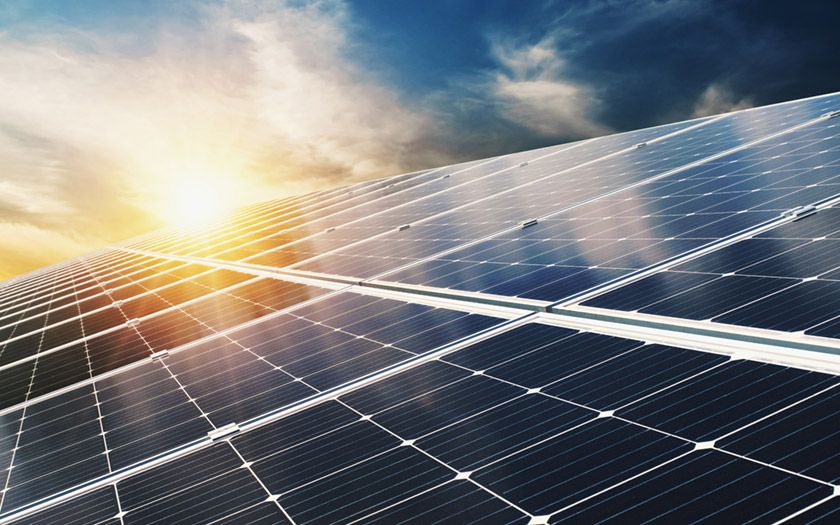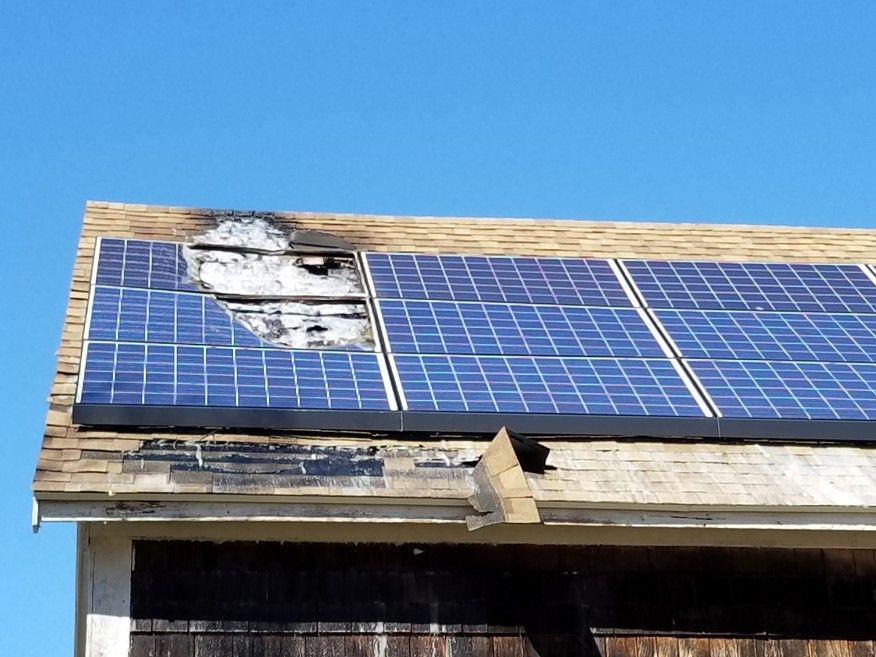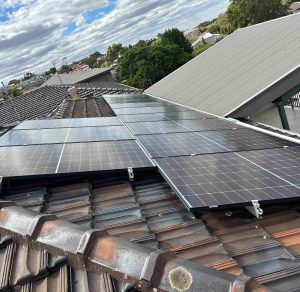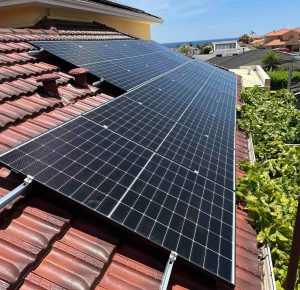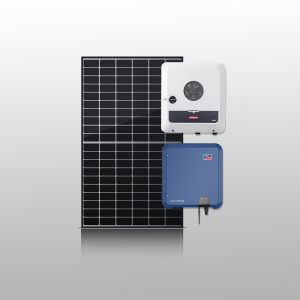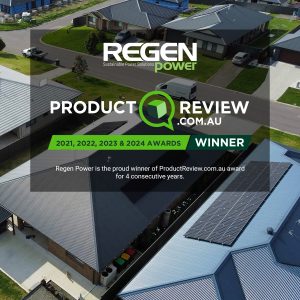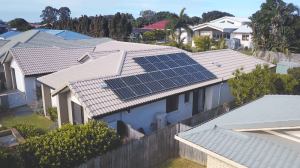General expert opinion is that solar PV systems are at less risk of fire than any electrical equipment. Since it has live wires, there will always be some risk, but this is negligible under normal circumstances. It is found that just 1.5% of residential fires in Australia were linked with solar PV systems.
However, Improvement in solar technology has reduced the fire risks. The Australian States has strict electrical codes. It has been proven that faulty installation is the main cause of fire risk. The ratio of fire risk is only 1 per 10,000 installations.
The primary cause of solar panel fire
A recent study shows that over 60% of these installers indicated that rooftop DC isolators were the primary cause of solar-related fires in Australia. DC isolators improve safety by shutting off DC current in the DC cabling that runs along the roof cavity and down to the solar inverter. Rooftop DC isolator’s exposure to harsh weather conditions is the major issue. In addition to harsh wheater, the Infiltration of water into the DC isolator can cause circuit shorts and increase fire risks.
Other causes of solar panel fire
Other causes of fire risk are incorrect to use of crimping tools, using different brand connectors, poor wire management, and insufficient installation training. Importantly faulty installation practice is the root cause of fire accidents. A properly designed and installed solar PV with an appropriate operating system poses no such threat.
Both technological advances in equipment, as well as more stringent electrical code requirements, have contributed to safer solar PV systems
- There has been increased adoption of expansion joints to allow for thermal movement and to prevent conductors or conduits from being damaged.
- PV equipment technology such as modules and inverters have made significant advances in recent years.
- The design of modern inverters now includes ground fault, overload, over-temperature and arc fault protection to minimize risk.
- Module-level power electronics (MLPEs) provide module-level monitoring, and this has allowed data acquisition systems to identify problems quickly.
Solar systems have made a long way in safety evolutions in the industry.
In 2014, a Rapid shutdown was introduced for de-energizing solar arrays. In this case, the PV system could manually turn off if some problem prevented AC current from flowing to the inverters.
The module-level shutdown introduced in 2017. It enables DC wiring to remain energized whenever the sun is shining, even if the inverter is switched off. To meet the module-level regulations, smart modules, microinverters, or MLPEs are required to reduce the string voltage and provide manual activation of rapid shutdown features.
Install from professionals
If professionally installed as well as high-quality components, a solar PV system is perfectly safe. Most importantly, make sure a qualified Level 2 electrician is checking your system every couple of years. Keeping an eye on the system’s performance using your system’s monitoring would throw out the chance of any fire risk in solar panels.
There are innumerous solar companies in Australia. 85% of solar sales companies use contractors to install. Contractors install without care and try to install as quickly as possible, cutting corners and materials. Obviously, un-qualified installers are responsible for most of the non-compliant solar Installations.
Regen Power
At Regen, we strictly follow the guidelines by Clean Energy Council. Regen use only CEC approved and qualified electrician. Our electrical contractor’s number is EC9676. We only use approved DC and AC electrical cables for solar installations. We use TUV approved DC cables besides PV1-F with increased fire safety ratings. Without a doubt, these materials face fewer fire risks.
Regen uses factory-made and sealed IP65 DC isolators. These isolators are weatherproof moreover dustproof. We do not use home-made enclosures and circuit breakers to pass off as a DC isolator, which is the biggest cause of fires in solar systems. We install 1 DC isolator per split array. (Cluster of linked solar panels) We seal up all gaps and penetrations behind the switchboard using fire-resistant silicone so that fire cannot burn through.
Regen is a Clean Energy Council member as well as a Smart Energy Council member. We provide premium quality products as well as CEC-approved electricians. They don’t have to worry about fire risks at all as it will be professionally installed with high-quality components. With Regen, you can enjoy the benefits of your solar system without any hassles of fire risk.
